There can be your advertisement
300x150
Guide: Care for Different Types of Floor Coverings
Frequently, cleaning is done on autopilot, and we rarely think about how, what, or why. But perhaps it's worth delving into the details? Several useful tips and rules for caring for floor coverings promise only one thing – a long service life for your parquet and ceramic tiles. Therefore, let's explore some nuances together with Kärcher experts.
1. Parquet
Parquet in the form of a tree or parquet boards with a rough texture – and both can be equally appealing. If you properly maintain this type of flooring, it will last more than a decade. Impressive, isn't it?
Key Usage Rules: the main enemy of parquet boards is moisture. The humidity in a room with such flooring should not exceed 45–60%, and the air temperature should fluctuate between 18–25 degrees Celsius. Sudden temperature changes negatively affect the material and shorten its lifespan. The same applies to water.
How to Care Properly? Try to immediately remove sand from parquet boards using a vacuum cleaner or soft brush to prevent scratches on the surface. Use a soft-material attachment for your vacuum cleaner. Wooden floors should be washed with a squeegee – it makes the cleaning process easier and protects the parquet's lacquer or oil coating. However, avoid overdoing wet cleaning.
Tip: If you have furniture with plastic wheels, replace them with rubber ones.

2. Laminate
If you like the look of wood grain but have a limited budget, laminated floors are an excellent solution. Now you just need to learn what kind of care this type of flooring requires.
Key Usage Rules: drastic temperature changes, as with parquet, are not acceptable for laminated flooring either. If liquid spills on the laminate, it must be removed immediately. Avoid letting large amounts of water come into contact with the surface (e.g., during rain through an open window). This can cause it to swell.
How to Care Properly? Dry cleaning with a vacuum cleaner or broom is preferable for laminated flooring. However, wet cleaning is also acceptable: clean the floors 2–3 times a week. Use warm water and a mop with a microfiber cloth. Ensure the cloth is merely damp, not soaked. The mop's movements should be longitudinal relative to the laminate panels. Abrasive cleaning products should never be used on laminated flooring – scratches will remain. At the end of the cleaning process, dry the floor with a clean cloth.
Tip: To minimize the risk of damaging the laminate, place a specialized dirt-trapping mat near the entrance doors. It will help prevent sand from entering the home.
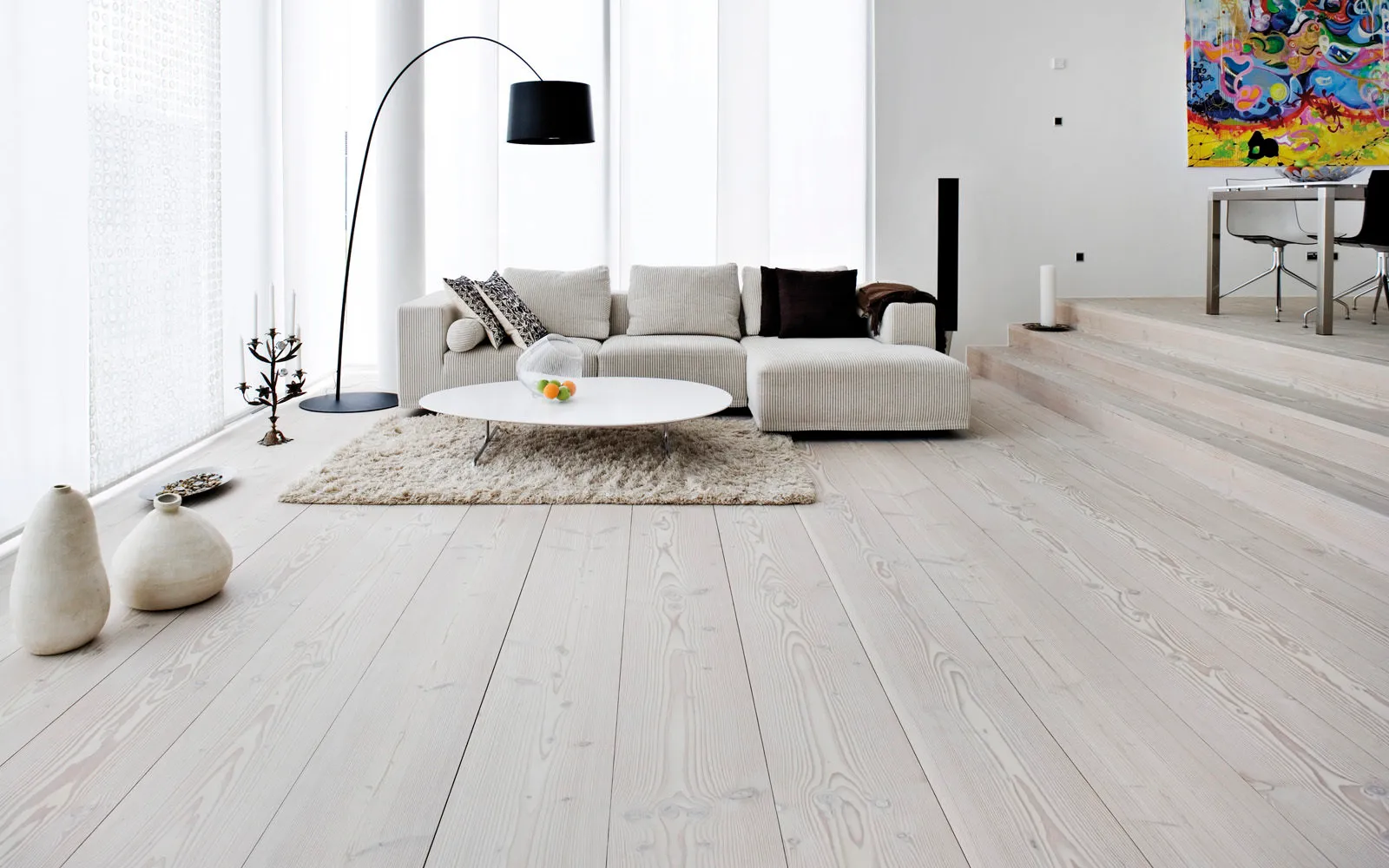
3. Tile
The durability of tiles is so high that when choosing floor covering for the kitchen and bathroom, we have no doubts – only tiles.
Key Usage Rules: Avoid letting small gravel and sand come into contact with tile. Do not use soap solutions: they contain organic fats and acids that cause a fat film to form on the tiles. Also, in high humidity, these products can promote mold growth in tile joints.
How to Care Properly? First, collect all dirt and dust using a vacuum cleaner. For wet cleaning of tiles, it's best to use a floor washing and suction machine. Yes, it works perfectly in home conditions: the cleaning quality is top-notch, and it's very easy to use. After washing the floor with a cleaning product, rinse it thoroughly with clean water.
Tip: If you notice mold or mildew in the tile joints, replace the grout and treat the renewed tiles with a special impregnation.
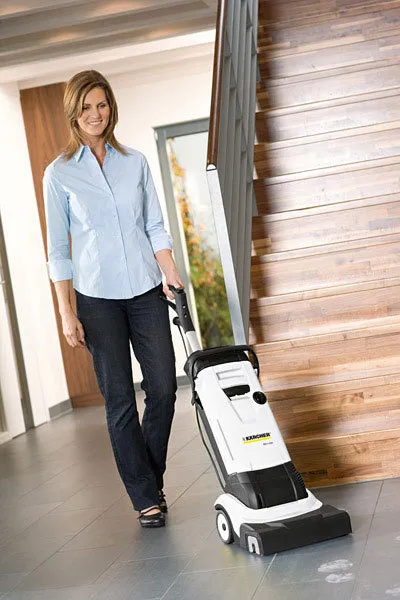
4. Linoleum
A long service life combined with a pleasant price point makes this type of flooring an attractive choice. But how does it perform in use and maintenance?
Key Usage Rules: Open flames, direct sunlight, and sharp objects are taboo for linoleum. Temperature fluctuations also negatively affect it, potentially causing cracks. It's undesirable for water to seep into the joints and seams of linoleum, as this increases the risk of mold or mildew.
How to Care Properly? No baking soda, ammonium spirit, or other products containing solvents. Only warm water and mild cleaning agents. Wash the floor with a well-wrung cloth first, then dry it with a clean one. If a stain appears on the surface, remove it immediately to prevent absorption.
Tip: Place special underlays under the legs of furniture. These help reduce the load and mechanical impact on linoleum.

5. Cork Flooring
An eco-friendly material that retains heat well, ideal for children's rooms. But the benefits don't end there: durability and easy maintenance come as bonuses.
Key Usage Rules: 50% humidity and a temperature range of 20–25 degrees Celsius will extend the service life of cork flooring. During winter, when air humidity drops, it's advisable to use a humidifier – cork won't dry out or develop small cracks on the surface.
How to Clean Properly? Wash cork floors with a well-wrung, slightly damp cloth, but exclude metal scrapers and harsh brushes from your cleaning arsenal. Various cleaning agents can be used, but one condition is mandatory: they must not contain abrasive particles or solvents.
Tip: Do not place carpets with rubber or latex backing on cork flooring – the latter will leave black marks on the surface, and removing them from cork is like a fantasy.
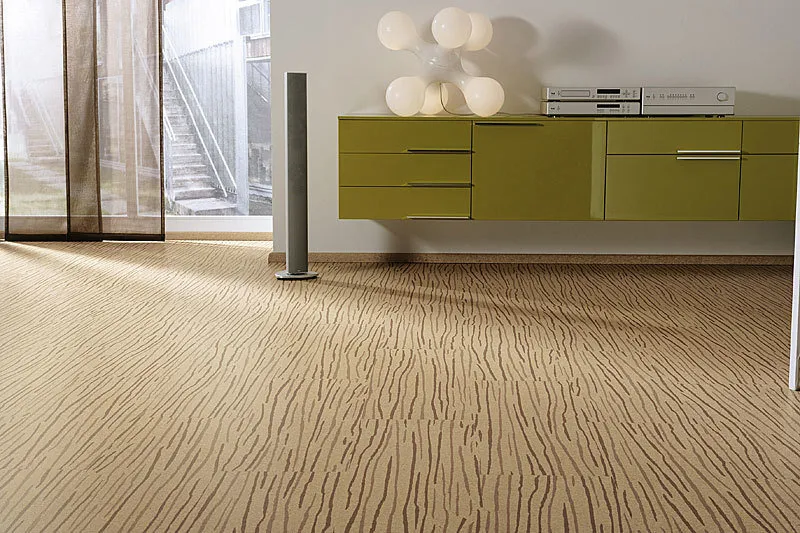
Pro Tips
Today, floor care not only involves household chemicals but also modern household appliances. Kärcher experts introduced the new BR 4.300 floor washer. We learned about its advantages and how it can make cleaning more efficient.

How thoroughly does the machine clean hard-to-reach areas?
The machine provides thorough cleaning in hard-to-reach places: it features two suction brushes – one at the front and one at the back. This allows it to leave the floor dry, regardless of direction. Additionally, the working part of the brush unit is less than 9 cm high – it allows for cleaning under furniture (the machine can be tilted almost parallel to the floor).
What additional cleaning agents should be used? Are they different for each surface type? Is there a universal solution?
To achieve the best cleaning results, different cleaning agents can be used: the main requirement is low foaming. Kärcher offers a wide range of such products, from universal daily cleaning solutions to specialized formulas for effective cleaning of various floor coverings (in 90% of cases, this model is used for cleaning hard surfaces).
The most optimal solution today is the Floor Pro RM 756 Multi Cleaner. This product is economical and effective: just add 2.5 ml (approximately half a teaspoon) of it to 1 liter of water to see the cleaning effect. Additionally, this cleaner is suitable for all types of floor coverings.
As a special product, one can mention the Floor Pro RM 753 for cleaning ceramic granite tiles: combined with a microfiber brush, it delivers near-pristine cleaning. All Kärcher cleaning agents meet the strictest ecological requirements of EU countries and are fully environmentally safe.
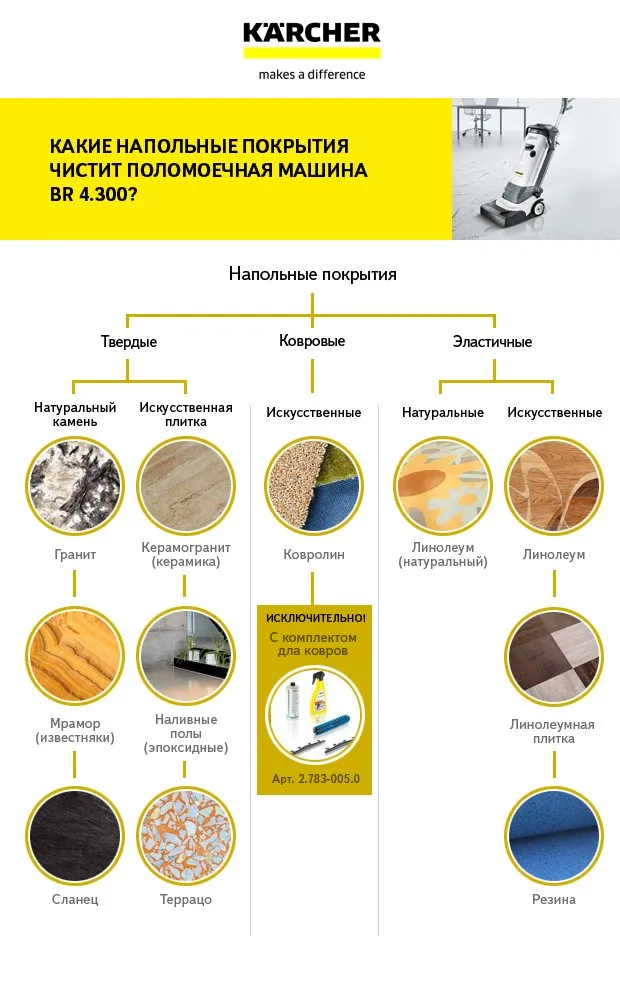
How easy is the machine to use? Is it heavy? Compact?
Operating the machine is easy and simple. Before starting, just fill the clean water tank (you can do this directly under a faucet near the sink). Then connect it to power and turn it on. It has only two buttons: one turns on the brush motor and suction turbine, and the other controls water flow. There is also a parking pedal that fixes the unit in a vertical position. At the end of the operation, all water is drained (the dirty water tank is lightweight and has a convenient handle for carrying).
The BR 4.300 is the most compact floor washer in its class and features easy-to-transport wheels and two handles – one for pushing and one for lifting. The model weighs 11.5 kg – slightly more than a standard water bucket.
More articles:
 How to Visually Raise the Ceiling: 7 Designer Tips
How to Visually Raise the Ceiling: 7 Designer Tips What to Consider in Apartment Design for Young Families: Tips from Professionals
What to Consider in Apartment Design for Young Families: Tips from Professionals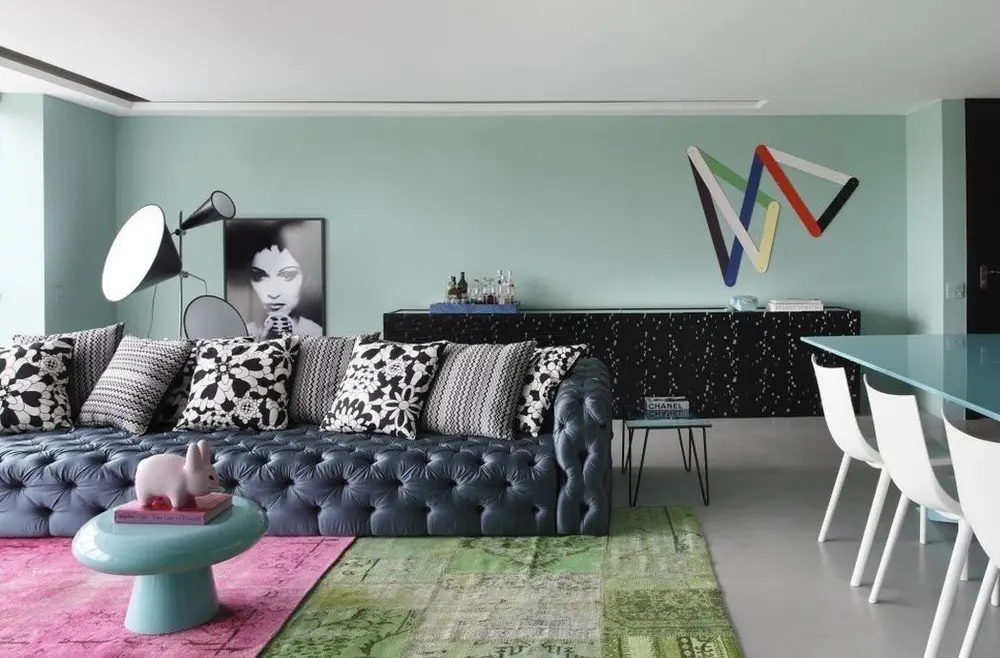 Interior Mistakes You Can Make
Interior Mistakes You Can Make 5 drawbacks of the hallway that can be fixed in a weekend
5 drawbacks of the hallway that can be fixed in a weekend 8 Inspiring Reasons to Stay Home on Weekends
8 Inspiring Reasons to Stay Home on Weekends 10 Mistakes When Insulating a Balcony You Should Know About
10 Mistakes When Insulating a Balcony You Should Know About Living Room Design: 5 Secrets of Comfortable Layout
Living Room Design: 5 Secrets of Comfortable Layout How to Create a Great Interior Without Professional Help: 4 Secrets
How to Create a Great Interior Without Professional Help: 4 Secrets